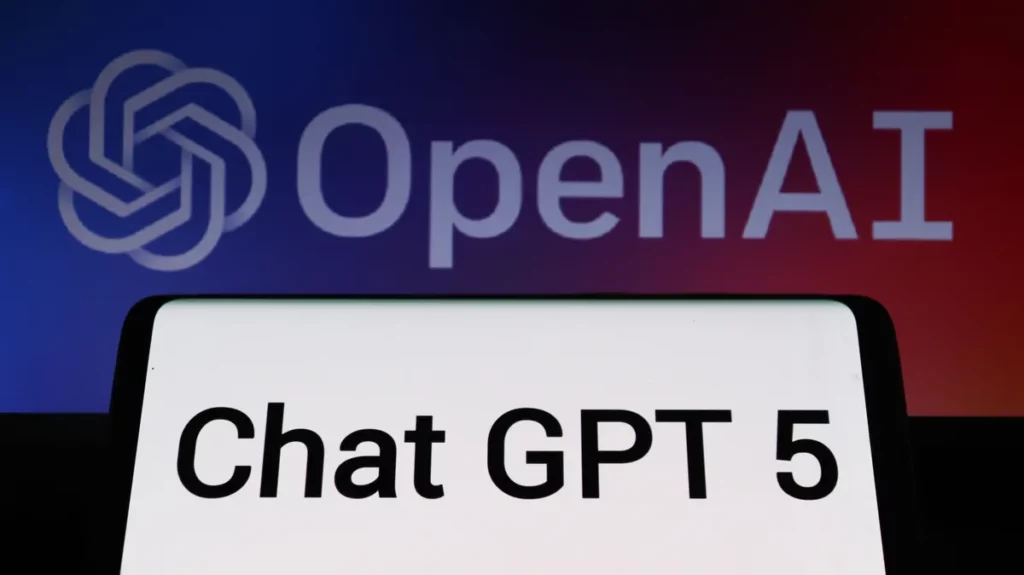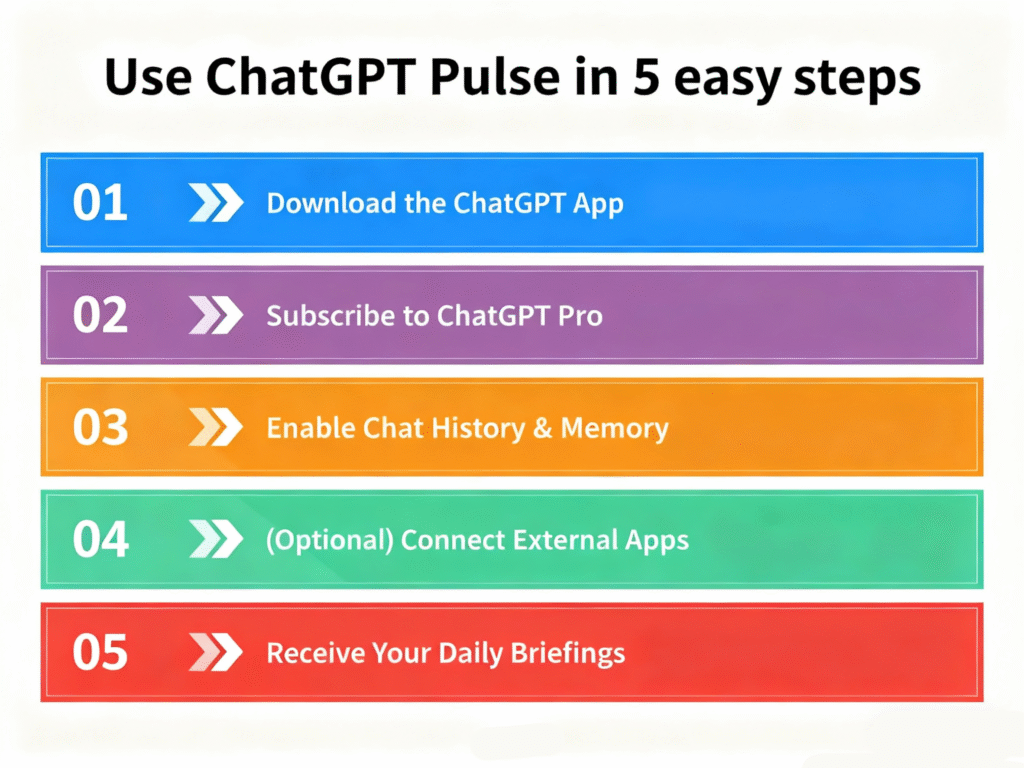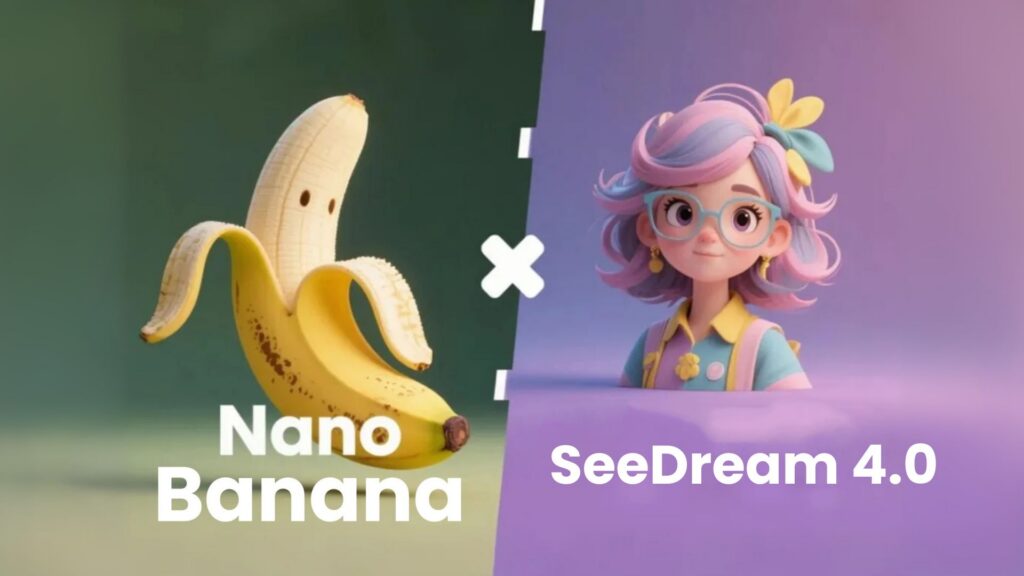GPT-5 is here – with multimodal AI and a 256K token context. See highlights from the GPT-5 launch event and how iWeaver.ai is already testing GPT-5 integration.
Introduction
OpenAI has officially unveiled GPT-5, its most advanced AI model to date, marking a major leap forward in artificial intelligence. At the live launch event in early August 2025, CEO Sam Altman described it as “a significant step along the path to AGI”, noting that chatting with it “feels like talking to an expert, a PhD-level expert, in any topic”. This new model is smarter, faster, and more accurate than its predecessors, bringing us closer to AI that can truly understand and assist like a human expert.
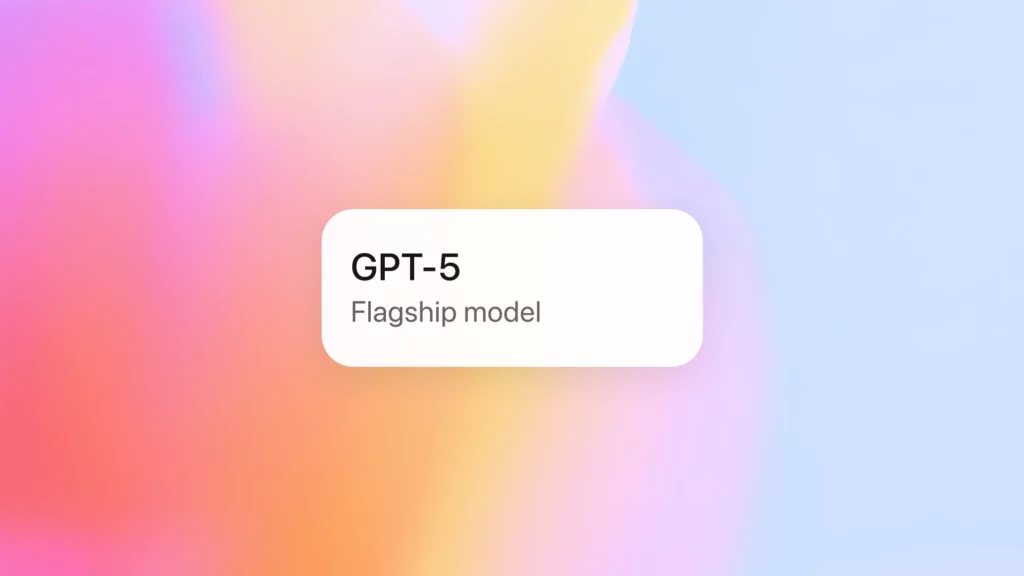
In this article, we’ll break down the key highlights of the OpenAI GPT-5 release event – from its unified multimodal capabilities and giant 256,000-token context window to record-breaking performance benchmarks and unique new abilities. We’ll also provide some insightful commentary on what these advancements mean for users and the tech industry. Notably, we’ll see how iweaver.ai GPT-5 integration is already underway (currently in internal testing), demonstrating iWeaver’s commitment to staying at the cutting edge. Finally, we’ll mention iWeaver’s recent integration of Claude 3.7 and answer some frequently asked questions about GPT-5.
Table of Contents
- Multimodal AI Mastery – Text, images, voice, and video in one model
- 256K Context Window: A Memory Leap – Longer conversations and analysis
- Performance Benchmarks: GPT-5 Raises the Bar – Record-breaking results and demos
- Smarter & Safer: New Capabilities – Expert reasoning and reliability improvements
- iWeaver Integrates GPT-5 (Internal Testing) – Bringing it’s power to users
- Conclusion & Next Steps – GPT-5’s impact and Claude 3.7 integration
- FAQs – Frequently Asked Questions about GPT-5 and iWeaver
Multimodal AI Mastery in GPT-5
One of the most exciting announcements from the launch is that it’s a unified multimodal model. It can handle text, images, voice, and even live video all within one AI system. No longer do users need separate tools for different media – this single model can understand a written question, analyze an uploaded picture, listen to a spoken request, or even interpret a real-time video feed. In OpenAI’s demo, for example, it was asked to explain a concept and then generate a visual illustration, seamlessly handling both text and image tasks in one go.
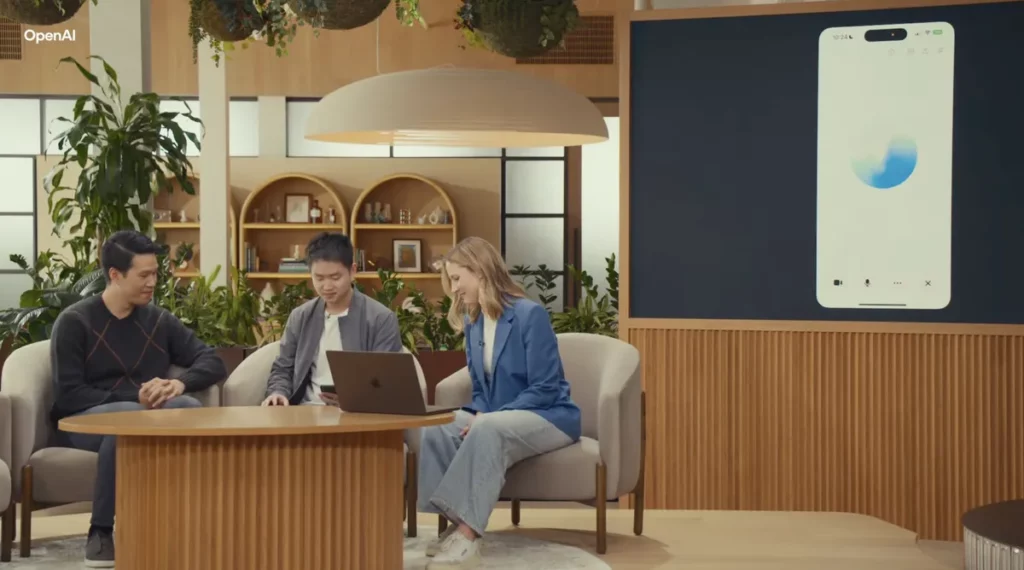
Multimodal capability means GPT-5 can combine different forms of input and output in a conversation. You could show it a chart or photo and ask questions about it, or have it generate an answer with images included. The model demonstrated the ability to analyze uploaded images and incorporate them into its responses, which is a big step up from GPT-4’s limited image features. It even supports advanced voice interactions – the launch event showcased a new Voice Mode where GPT-5 spoke answers in a natural-sounding tone (far less robotic than before) and could follow specific voice instructions (e.g. “respond in one word”). Incredibly, it can also handle live video input: OpenAI showed it interpreting video content on the fly, opening the door to dynamic real-time applications. In short, GPT-5’s multimodal mastery lets it see, hear, and speak – moving AI beyond text-only chat and toward a more human-like assistant.
256K Context Window: A Memory Leap
Another headline feature is its dramatically expanded context window. It can accept prompts and maintain conversations up to 256,000 tokens long (for reference, that’s roughly 200,000 words, or about a 700-page novel in length!). This is a huge leap from the previous generation – GPT-4 was limited to about 32,000 tokens at best, meaning GPT-5 can handle 8× more information at once. In practical terms, you could paste entire research papers or lengthy project documents into GPT-5 and it can remember and discuss all of it in detail. Long conversations that span hours or days are now possible without the AI “forgetting” earlier context.
This massive memory upgrade unlocks new possibilities. GPT-5 can analyze entire codebases, lengthy legal contracts, or years of chat history without losing track of details. During the launch event, OpenAI emphasized that the model’s long-term “memory” is effectively always on – it has “a memory that never sleeps”, as they put it. In other words, it is much better at maintaining context over extended sessions, which makes it more coherent and useful for complex tasks. You no longer need to break up your queries or remind the AI of earlier information as often. While competitor models are also expanding context (Google’s Gemini handles up to 1 million tokens), GPT-5’s 256K context sets a new benchmark for OpenAI’s lineup. For users, this means more natural, uninterrupted conversations and the ability to feed truly large datasets or texts into the model for analysis.
It’s worth noting that OpenAI achieved this without sacrificing speed. Thanks to optimizations, GPT-5 can handle these long inputs while still providing responses in a reasonable time. This paves the way for use cases like reviewing entire books, conducting comprehensive research with one prompt, or having an AI assistant that remembers everything you’ve ever discussed. The 256K context window is essentially giving it an almost human-like memory scope for text, which is a game-changer for productivity and complex problem-solving.
Performance Benchmarks: GPT-5 Raises the Bar
Beyond new features, GPT-5 impresses with significantly improved performance on virtually every metric. OpenAI reported that GPT-5 is “smarter across the board” and has set new state-of-the-art results in many benchmarks. For instance, it scored 94.6% on a challenging math competition (AIME 2025), nearly acing an exam that stumps most humans. It also achieved about 89% on expert-level science questions, outperforming not just GPT-4 but also rival models like Google’s Gemini and Anthropic’s Claude in reasoning-heavy tasks. These numbers represent a huge jump in problem-solving ability – it can solve complex math and science problems that earlier models often got wrong.
Coding prowess is another area where GPT-5 shines. OpenAI calls GPT-5 their strongest coding model yet, and it showed in the demos. In one live example, it was prompted to create a full web app (a language learning game) from scratch – it wrote over 400 lines of code in just two minutes, producing a working application with minimal human guidance. This speed and competence at generating software code far exceeds GPT-4’s capabilities. On formal coding benchmarks, it outscored previous models by a wide margin, solving debugging and multi-language programming challenges that used to trip up AI. In practical terms, developers can rely on GPT-5 for more complex coding tasks, and even non-programmers can have GPT-5 generate simple apps or tools by just describing what they need. It’s like having a rapid prototyping assistant at your disposal.
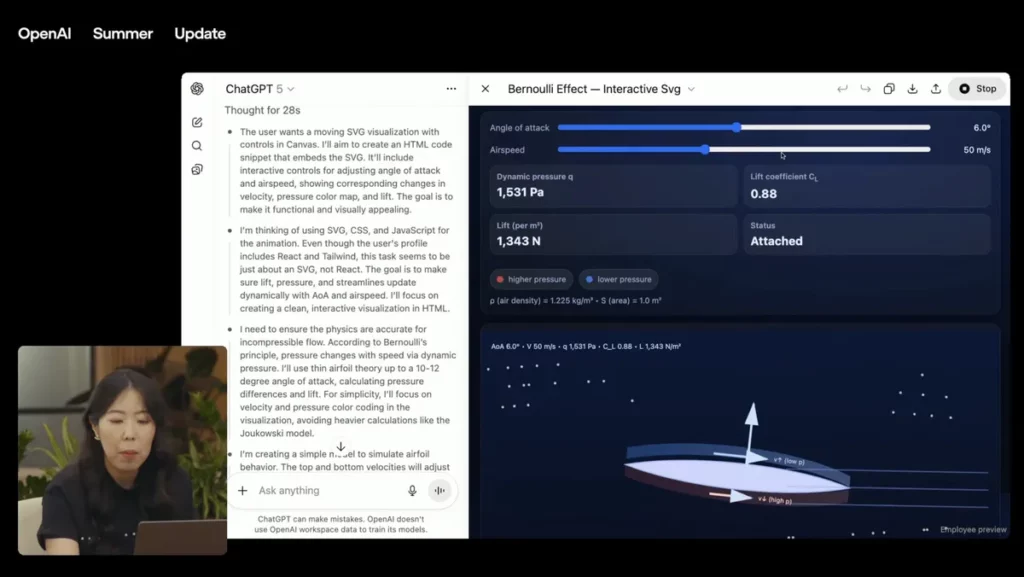
Not only does GPT-5 excel in math and coding, but it also demonstrates broader expertise. OpenAI noted that it can perform at or above human level in roughly half of the 40+ professional tasks they evaluated – including fields like law, logistics, sales, and engineering. This means it isn’t just good at academic benchmarks; it can draft legal contracts, analyze business data, or provide engineering insights with a proficiency approaching subject matter experts. It’s this all-around competence that makes it feel like a true “general-purpose” AI upgrade. Early testers have commented that interacting with GPT-5 “feels more like talking to a human expert than an AI,” confirming that its quality of output is a noticeable step up.
It’s important to mention that OpenAI has managed these performance gains without introducing glaring new flaws. Often, a more powerful model might also make bigger mistakes, but GPT-5 has been tuned carefully (as we’ll discuss next in the safety section). In sum, on the performance front, GPT-5 sets a new bar for AI models – it’s faster, more capable, and able to tackle a wider array of challenges than anything before it. For researchers, developers, and professionals, this means tasks that used to be beyond AI’s reach are now very much possible with GPT-5.
Smarter & Safer: New Capabilities
GPT-5 isn’t just about bigger numbers; it also introduces qualitative improvements that enhance the user experience. OpenAI has touted GPT-5’s “expert-level reasoning” – the model is much better at understanding complex instructions, planning multi-step solutions, and explaining its thought process. In fact, it has a form of “built-in thinking” where it can internally reason through problems more effectively before answering. At the event, the team even showed a feature where users can ask GPT-5 to “think harder” for more precise answers, and the AI will spend extra time refining its response. This gives the user more control over accuracy vs. speed. It’s one of those unique new capabilities that make GPT-5 feel more intelligent and interactive than previous models.
Another notable enhancement is it’s agentic behavior – its ability to take initiative and use external tools when needed. OpenAI’s researchers highlighted that it can execute long chains of actions and API calls reliably. In practice, this means it can not only tell you an answer, but also take steps on your behalf (with permission). For example, it could plan a travel itinerary and then actually call external services to book flights or fetch real-time data, all while explaining its reasoning. This kind of autonomous tool use was experimental in GPT-4; with GPT-5 it’s more robust and integrated. Indeed, OpenAI announced that starting next week, it can connect to your email and calendar (for Pro tier users) to automatically find relevant information when you chat. Imagine asking your AI assistant to “schedule a meeting next week with John” – it could check your Google Calendar availability, draft an email to John, and suggest optimal times, all autonomously. This integration of GPT-5 with real-world tasks is a huge step toward making AI a proactive assistant rather than just a reactive tool.
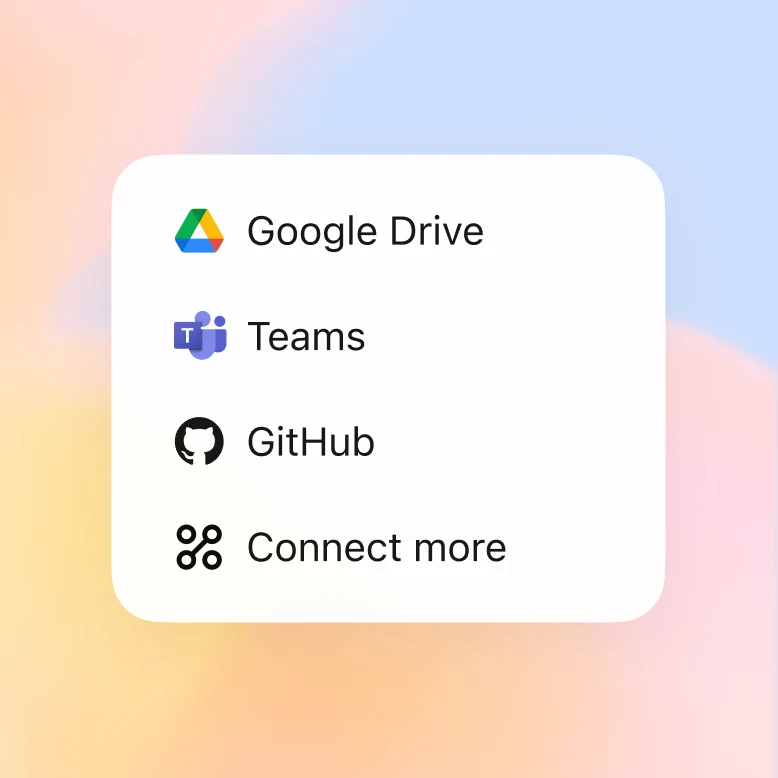
Crucially, safety and reliability have been improved in GPT-5. Earlier GPT models sometimes hallucinated (made up facts) or gave inappropriate answers. OpenAI addressed this by refining GPT-5’s training: the model now has a much lower tendency to produce false information. In fact, the measured hallucination rate is under 1% on general queries, a drastic improvement compared to prior versions. It is also better at knowing when it doesn’t know something – it will more often acknowledge uncertainty or refuse a dubious request rather than output a wrong or unsafe answer. OpenAI’s safety team even trained it to “fail gracefully” when faced with unsolvable tasks, instead of attempting a misleading answer. Additionally, GPT-5 underwent rigorous testing in sensitive domains like healthcare. It scored much higher on medical advice benchmarks (with performance vetted by physicians) and provides more accurate, context-aware answers to health queries. All these safeguards mean that users can trust GPT-5 more for reliable information and use it in high-stakes scenarios (research, medical, legal) with greater confidence.
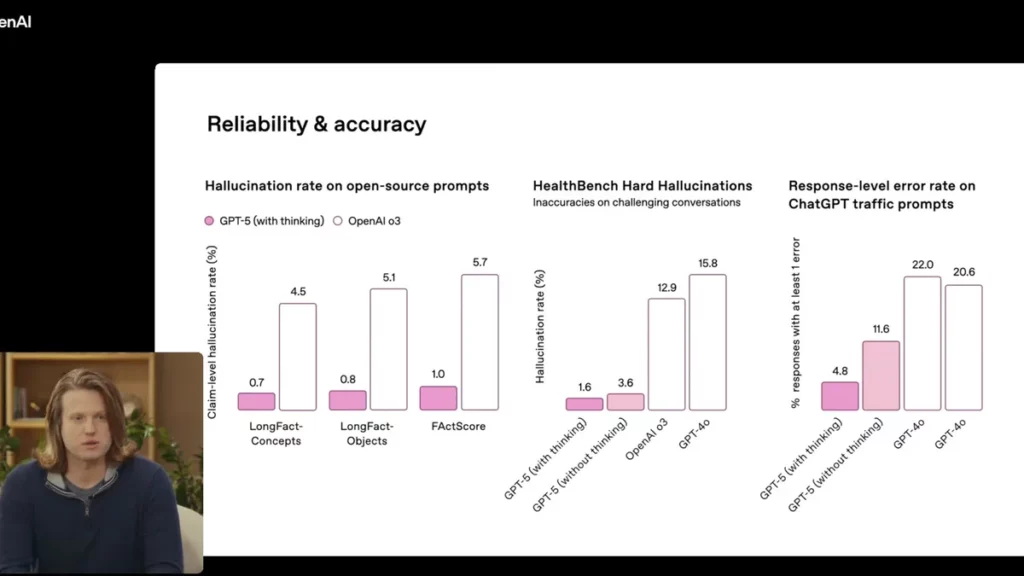
To temper expectations, OpenAI clarifies that GPT-5 is not an AGI (artificial general intelligence) yet, but it is a big stride in that direction. There are still things it cannot do or mistakes it will make. However, with its combination of multimodal understanding, extended memory, improved reasoning, and enhanced safety, it feels like a new generation of AI. It’s an AI that not only answers questions, but also understands context deeply, carries out tasks, and interacts in a more human-like, trustworthy manner.
iWeaver Integrates GPT-5 (Internal Testing)
Even as it is just rolling out, some platforms are already moving fast to leverage its power. Notably, iWeaver.ai has already integrated GPT-5 into its system (currently in internal testing). This means iWeaver will be among the very first to offer GPT-5’s advanced capabilities to its users. The team at iWeaver wasted no time in hooking up the its API so that users can soon tap into GPT-5 for their own tasks and projects. Academic researchers, for example, will be able to conduct faster, more accurate literature reviews on iWeaver with GPT-5 doing the heavy lifting of reading and summarizing papers. Business professionals can use iWeaver + GPT-5 to automate reports, analyze data, or draft content with an intelligence that feels like a human expert is assisting. In essence, iWeaver’s integration of GPT-5 is about bringing this cutting-edge AI directly into your workflow in a convenient way.
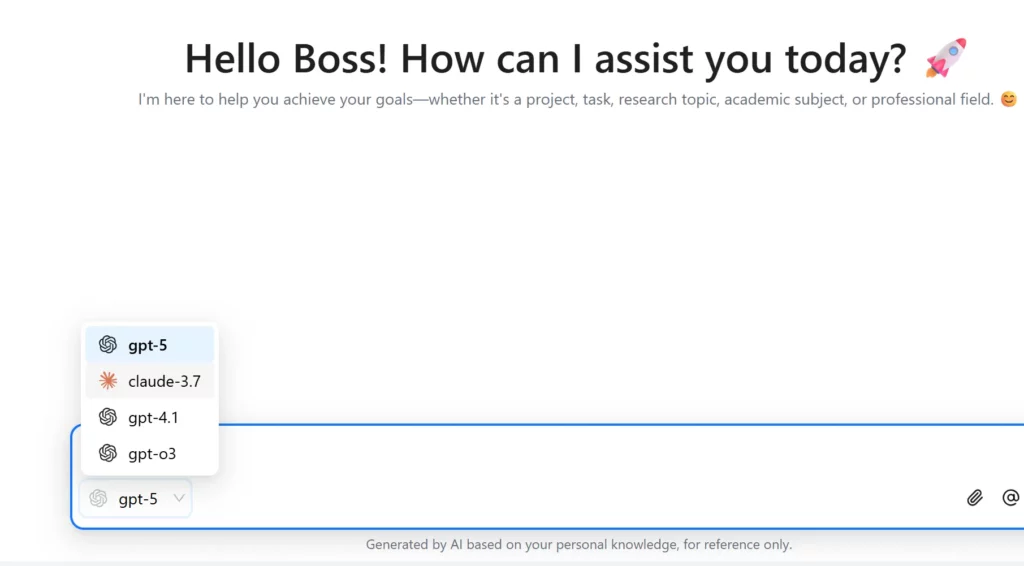
What does GPT-5 in iWeaver enable? Here are a few examples: iWeaver users will be able to generate smarter, context-aware content (like reports, summaries, or insights) drawing on GPT-5’s reasoning. Repetitive tasks such as data extraction or formatting can be automated with GPT-5’s advanced logic, saving time. Users can ask complex questions to their personal knowledge base in iWeaver and get expert-level answers thanks to GPT-5’s deeper understanding. All of this happens with no coding required on the user’s part – iWeaver’s friendly interface lets you harness GPT-5 without worrying about the technical details. Essentially, iWeaver acts as the bridge that brings its power to anyone, even if you’re not an AI expert.
iWeaver’s early integration of GPT-5 underscores our mission to boost productivity with the latest AI. By being an early adopter, iWeaver is ensuring its users stay ahead of the curve. You won’t have to wait long or jump through hoops to try – iWeaver is bringing it straight into an application you can use for your daily work. And it’s not just GPT-5; iWeaver’s platform supports multiple AI models to give users flexibility. (In fact, as we’ll note in a moment, iWeaver has also integrated Anthropic’s Claude 3.7 model recently, expanding your AI assistant options.) For now, GPT-5’s arrival in iWeaver (even in testing) is a strong signal that the next generation of AI tools is becoming readily accessible. If you’re eager to experience GPT-5’s capabilities for yourself, iWeaver is positioning itself as one of the convenient ways to do so.
Conclusion: Embracing GPT-5 and Beyond
The launch of GPT-5 represents a watershed moment in the AI world. With its multimodal understanding, enormous context window, superior performance, and smarter capabilities, it feels less like an incremental update and more like a generational leap. It has set new standards for what AI can do, and it’s poised to transform how we interact with technology – from education and research to business and daily productivity. OpenAI has delivered a tool that brings us closer to AI that can truly assist with expert-level competency in almost any domain. While GPT-5 is not perfect and not yet the end-all of AI development, it undeniably pushes the envelope further toward systems that “understand” and help us in profound ways.
For iWeaver users and AI enthusiasts, the good news is that you don’t have to wait to feel the impact of GPT-5. iweaver.ai has already integrated it in internal testing, meaning its cutting-edge features will be at your fingertips as soon as they are refined for public use. And it’s not stopping there – in addition to GPT-5, iWeaver has recently integrated Claude 3.7 into its platform as well. This dual integration ensures that users have access to the very best from both OpenAI and Anthropic, harnessed in one place. In short, iWeaver is equipping you with a powerhouse toolkit of AI models, so you can choose the right “assistant” for the job and always stay ahead with the newest technology.
As we move into this new era of AI, it’s clear that tools like GPT-5 will be catalysts for innovation in every field. Whether you’re looking to supercharge your research, automate complex workflows, or simply have an AI that can converse and create across various mediums, it opens up thrilling possibilities. And platforms like iWeaver are making those possibilities easily accessible. Ready to experience GPT-5’s capabilities for yourself? Consider giving iWeaver a try – as one of the first platforms with GPT-5 under the hood, it offers a hands-on glimpse into the future of AI-powered productivity. Embrace the GPT-5 revolution, and see how this AI can elevate your work and creativity to new heights.
Be among the first to harness GPT-5’s power in your own projects. Try iWeaver.ai for free today and experience cutting-edge AI like GPT-5 integrated into a single productivity platform!
FAQs
Q: When was GPT-5 released?
A: OpenAI officially released it on August 7, 2025, during a live online event. It was announced by CEO Sam Altman as part of OpenAI’s “Summer Update” and began rolling out to ChatGPT users that same day. So, it is live and available (with certain access tier limitations as noted).
Q: How is GPT-5 different from GPT-4?
A: It brings several major improvements over GPT-4. First, It is multimodal, meaning it can accept not just text but also images, audio (voice), and even video as input – whereas GPT-4 had limited image understanding and no built-in voice/video processing. Second, It has a vastly larger context window (up to 256k tokens) compared to GPT-4’s ~32k tokens, allowing it to handle much longer documents or conversations without losing context. Third, GPT-5’s performance is substantially higher: it scores better on almost all benchmarks (math, coding, reasoning, etc.) and produces more accurate, less “hallucinated” answers than GPT-4. Qualitatively, It feels more like talking to an expert – it’s better at complex reasoning, can explain its thinking, and is more reliable in its responses. In summary, It is more powerful, more versatile, and more user-friendly than GPT-4, making it a significant upgrade.
Q: What is GPT-5’s context window limit?
A: It supports a maximum context window of 256,000 tokens for input, with up to 272,000 tokens of input and 128,000 tokens of output (about 400k tokens total capacity) as per OpenAI’s specs. In more familiar terms, that’s roughly equivalent to 200,000 words of text (around 300-700 pages of a book). This huge context window is a big jump from previous models (GPT-4’s max was 32k tokens) and means it can remember and process very large documents or extremely long conversations. For most practical purposes, you’re unlikely to run out of context memory with GPT-5, which makes it much easier to work on long research papers, entire code repositories, or lengthy chats without splitting them up.
Q: Is GPT-5 available for free users?
A: Yes, to an extent. OpenAI has made it available to all ChatGPT users, including those on the free tier, starting from the day of launch. Free users get access to the standard GPT-5 model, though usage may be limited (for example, heavy usage might switch free users to a lighter “GPT-5 mini” version after a certain quota). Paid subscribers benefit from higher limits: ChatGPT Plus users ($20/month) get full access to it with higher quotas, and Pro users ($200/month) get unlimited access, priority speed, and even more powerful versions like GPT-5-Pro and GPT-5-Thinking. In summary, free users can try out GPT-5 now (with some restrictions), but ChatGPT Plus/Pro users will experience its full performance and features without hitting usage caps as quickly.
Q: How can I use GPT-5 on iWeaver.ai?
A: iWeaver.ai is in the process of integrating the model into its platform. As of now, GPT-5 on iWeaver is in internal testing, which means the iWeaver team is fine-tuning and ensuring everything works smoothly with GPT-5 before public release. The integration is expected to roll out to users soon. Once it’s live, using GPT-5 on iWeaver will likely be seamless – you would use iWeaver’s interface as usual, but have the option to select GPT-5 as the AI model powering your tasks (such as writing, brainstorming, Q&A on your knowledge base, etc.). To be one of the first to access it, you can sign up for iWeaver (if you haven’t already) and keep an eye on our announcements, the update should be imminent. In short: create an account on iWeaver.ai, and as soon as GPT-5 integration is publicly available, you’ll be able to choose it for your AI agent within iWeaver and start leveraging its new capabilities in your workflow.
Q: Is GPT-5 an AGI (artificial general intelligence)?
A: No – GPT-5 is not considered a true AGI at this time. Sam Altman and OpenAI have been careful to clarify that while it is a big step toward more general intelligence, it still falls short of the definition of AGI. In OpenAI’s charter, AGI is defined as AI that can outperform humans at most economically relevant tasks and can continuously improve itself. GPT-5, for all its advancements, still has limitations: it doesn’t learn new information by itself beyond its training data (no continuous learning yet), and it can make mistakes or lack true understanding in some areas. Altman described the model as “clearly generally intelligent” but also noted it “lacks key traits” that would make it a real AGI. So, it is better thought of as a very powerful narrow AI – extremely advanced in language, vision, etc., but not a human-level general intelligence across all domains. It’s a milestone on the path, but not the final destination of AGI.

